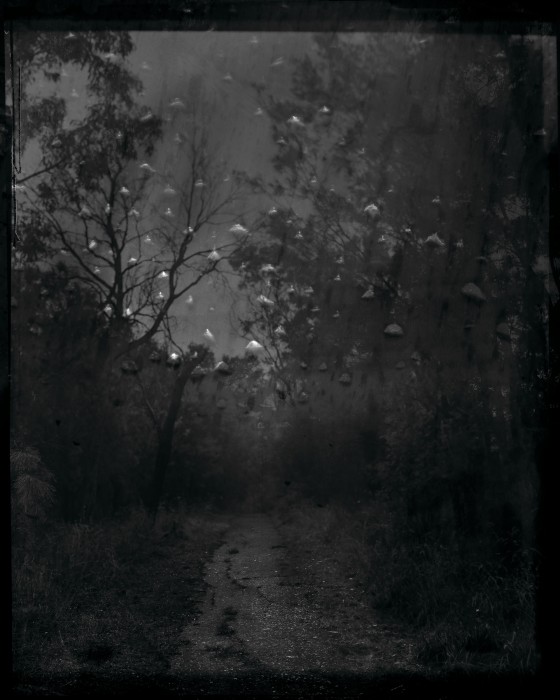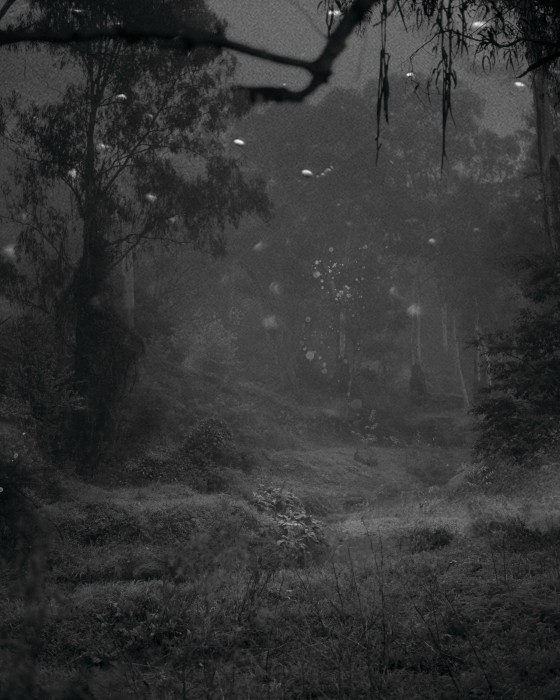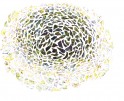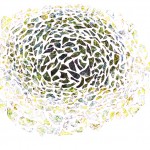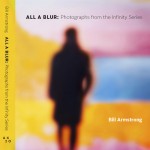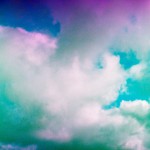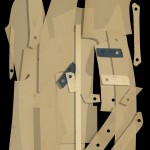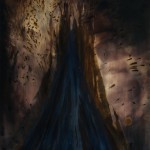The Hand in Nature: Vital Impacts, Part 2
The Hand in Nature: a week of photographs that manipulates how we see and foresee our environment.
Photographs help us process what is happening in the world, and this week we’ll be following photographers whose work inspects humans’ impact on the earth. More importantly, the posts will focus on how each photographer uses their hand in the manipulation of imagery. Many of the photographers’ works curiously demonstrate our history and future relationship with the earth.
This is the second day that we will introduce works that are a part of Vital Impacts’ Winter Collection.
Vital Impacts is a women-led non-profit organization founded by National Geographic photographer, filmmaker Ami Vitale, and journalist Eileen Mignoni. In 2022, Vital Impacts raised $1.5 million for conservation and humanitarian campaigns worldwide in the first six months. A big part of raising these funds is selling photographic prints from renowned photographers who dedicate their lives to the environment. The Winter Collection is made up of one hundred photographers’ work and 149 photographs for sale as open and limited edition. Sixty percent of proceeds will support the next generation of environmentalists through Jane Goodall’s Roots and Shoots and the Vital Impacts Environmental Grants and Mentorships.
And while many beautiful images on this site speak to the environment and climate change, we will focus on six photographers whose work presents us with new visualizations and personal interpretations of how humans relate to nature. These photographers speak from a unique place of wanting their work to connect our society to the natural world that has increasingly become disconnected. They do this by physically using their hands and technology to present a more expressive visual discourse.
Today, we will focus on the photographers Aletheia Casey, Nicholas Hughes, and Morganna Morgan. Their allegorical imagery represents the sensitive and emotional responses that one may have to the environment.
Aletheia Casey is an artist that works between Sydney and London. Her works are based on the history and turmoil regarding the environments within Australia. Vital Impact’s Winter Collection shares images from Aletheia’s two recent series of works – A Lost Home and The Dark Forgetting. Both of these works are full of emotional and personal discourse; where A Lost Home is about wildfires that tore through Australia, and Dark Forgetting is about the hidden history of colonization that is intentionally being ignored.
Her work shows us her anxiety as she watches her home burn. When referencing A Lost Home, Aletheia says, “This became devastatingly evident when bushfires tore through my homeland of Australia and destroyed around 10 million hectares of land, almost the same land mass as mainland England. Politicians faltered and stammered, unable to adequately address the question of climate change or the roles that damming, mining, and coal exportation were playing in this catastrophe.”
To cope, Aletheia paints and scratches her negatives. During this process she reimagines these once idyllic scenes. She says, “Screams of native birds echoed in my head as I scratched through the images and stripped them of their original peaceful quality, implanting instead the violence of the fires. The interference of my brushstrokes on the prints became a mirror of human intervention in nature, my own hand attempting to control the uncontrollable.”
All of Aletheia’s work has a haunting quality. It represents memories that the land absorbs. Specifically, in the Dark Forgetting series, she creates double-exposed landscapes to express the memories the land has of the Bathurst War in the state of New South Wales, Australia. The work challenges the one-sided narrative that has always been told, focusing on the “killing times” of the massacres during colonization. The locations she photographs are sites of massacres, which she intentionally distorts. Alethia says she “uses distorted and disfigured landscapes to consider how the land bears witness and contains the memory of conflict within its very soil.” The work represents the immeasurable toll that the past has had on Australia’s First Peoples and on its own national identity.
Aletheia Casey’s limited edition prints can be found on the Vital Impacts’ website here.
To see all of Aletheia’s work look at all her website.
Follow Aletheia Casey on Instagram: @aletheiacasey
Nicholas Hughes is a Cornwall-based photographer whose lyrical work challenges us to notice how we mistreat the land. He doesn’t want to show the destruction that has already occurred. Nicholas says, “I think it is more that I wish to influence human perception via my audience – rather than recording degraded or destroyed environments, I want to establish spaces whereby the realization of what remains can still be preserved and perhaps serve as a marker of what we can value as we aim to re-establish our future.”
You can feel the concept of time and memory within Nicholas’ work, and if you look at his website, you will see that his work gets softer and more poetic as he creates it. Vital Impacts’ Winter Collection shares two different series of Nicholas’ work: The Aspects of Cosmological Indifference and The Sound of Space Breathing.
The Aspects of Cosmological Indifference is a turning point for how Nicholas’ practices. He shares, “I had come to the conclusion that the human race was hellbent on self-destruction, that wanton consumerism had blinded us to the damage it was responsible for – my feeling was that Nature would benefit most from our absence, whereby making the work kept me from losing hope – the intention being to portray a world of cataclysm and subsequent renewal.” This statement is felt in the Aspects of Cosmological Indifference #1, where we see an ominous and painterly sky. It feels sad, but it is beautifully holding a visual edge. Nicholas works with both digital and analog methods to create this work, but it is important to note that the final print is a Chromogenic handmade darkroom print, which makes it feel more intimate.
The Sound of Space Breathing series has the same visceral feeling but takes a different optical approach. Nicholas talks about the slow process of making this work, which represents his time walking along the coast. He says, “I again examined the landscape within my immediate walking distance, and over seven years, I slowly committed to layers of the film the areas that best served my muse.” This work is different than earlier work with its monochromatic palette. There is a focus on light creating amplified shapes and forms. He talks about the work emulating the ‘verse format’ of poetry. These works are also hand-printed in the darkroom onto silver gelatin fibre-based paper.
Nicholas says, “I have come to see these works as silent protests – a call to consciousness.” He allows his viewers to feel and be part of his landscapes.
Nicholas Hughes’ limited edition prints can be found on the Vital Impacts’ website here.
To see all of Nicholas’ work look at all his website.
Follow him on Instagram: @nicholashughes1.
Morganna Magee is a photographer from Australia, who lives and works on the land of the Woi Wurrung Bunurong and Boon Wurrung people, the foothills of the Dandenong ranges. Some of her images from Extraordinary Experiences are a part of Vital Impacts’ Winter Collection. They are beautiful, quiet, and introspective views of the land that surrounds her. Like Nicolas Hughes’ work, Morganna’s photographs require her to contemplate and quietly observe her relationship with her surroundings. Her images represent nature and the cycles of nature, showing melancholy landscapes interspersed with motifs of her family and animals, both dead and alive.
On the Vital Impacts site, Morganna shares the definition of the word haunting, which means having qualities (such as sadness or beauty) that linger in the memory: not easily forgotten. This definition reminder suggests Morganna’s intentions in her already suggestive work.
Morganna uses large-format film while also seeing her scanner as a tool of intervention to manipulate her images. The results are otherworldly and resemble a psychological phenomenon. Morganna describes, “This work allows me to make tangible those feelings; the apparitions of emotions, memories, and dreams embed grief into the photographs. These images explore the idea of being haunted by the past, of reckoning with history, and the eternity of the natural world.”
Morganna Magee’s limited edition prints can be found on the Vital Impacts’ website here.
To see all of Morganna’s work look at all her website.
Follow him on Instagram: @morgannamagee.
Sarah Knobel is a photographer, video and installation artist that works with everyday items to find new ways to identify our relationship with ideas of the natural, artificial, beautiful and repulsive. Her work has been featured in exhibitions nationally and internationally, which include Miami, Seattle, Portland, Kansas City, Washington DC, Germany, Belgium, Korea and Greece. Sarah holds an MFA in Photography from the Design Architecture Art and Planning Program at the University of Cincinnati and a BFA in Studio Art from Texas State University. She is currently an Assistant Professor of Art at St. Lawrence University in Canton, New York.
Follow Sarah on Instagram at @sknobel.
Posts on Lenscratch may not be reproduced without the permission of the Lenscratch staff and the photographer.
Recommended
-
The Female Gaze: Alysia Macaulay – Forms Uniquely Her OwnDecember 17th, 2025
-
Bill Armstrong: All A Blur: Photographs from the Infinity SeriesNovember 17th, 2025
-
Robert Rauschenberg at Gemini G.E.LOctober 18th, 2025
-
Erin Shirreff: Permanent DraftsAugust 24th, 2025
-
Shelagh Howard: The Secret KeepersJuly 7th, 2025

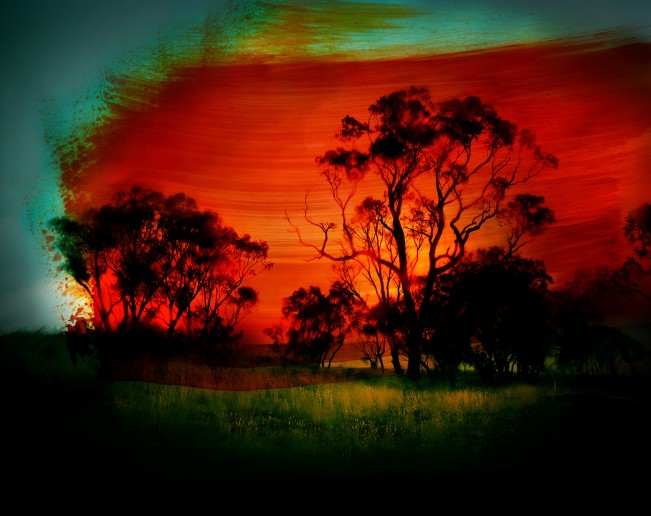
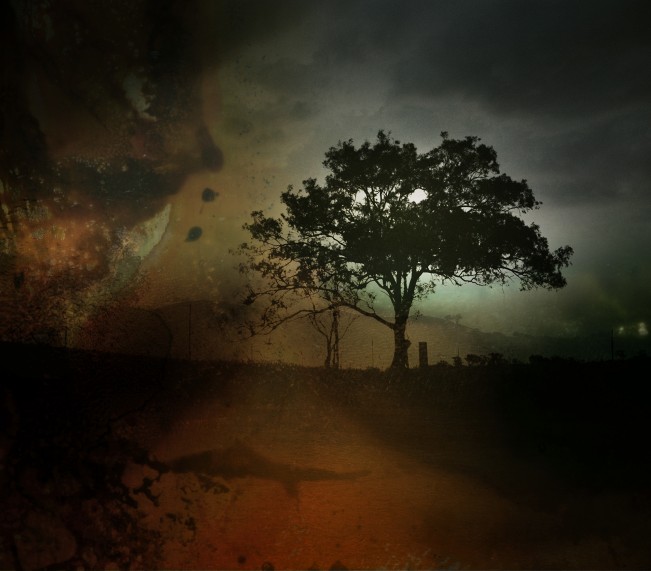
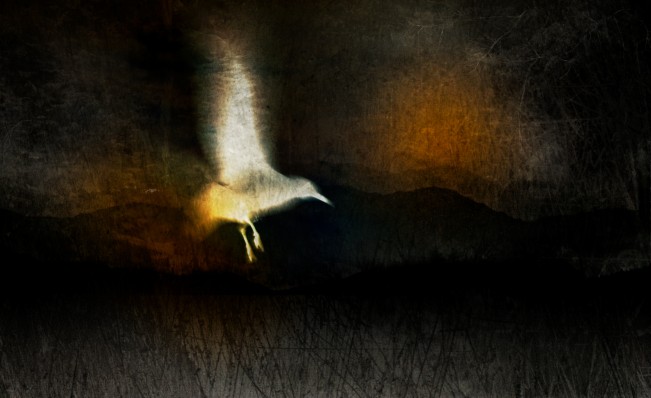
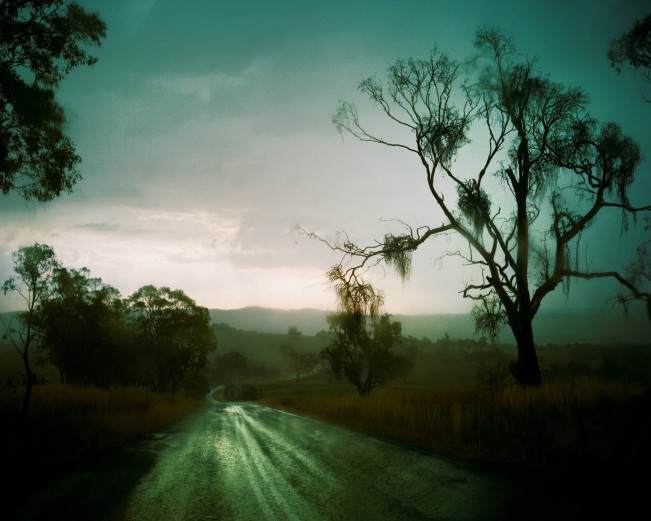
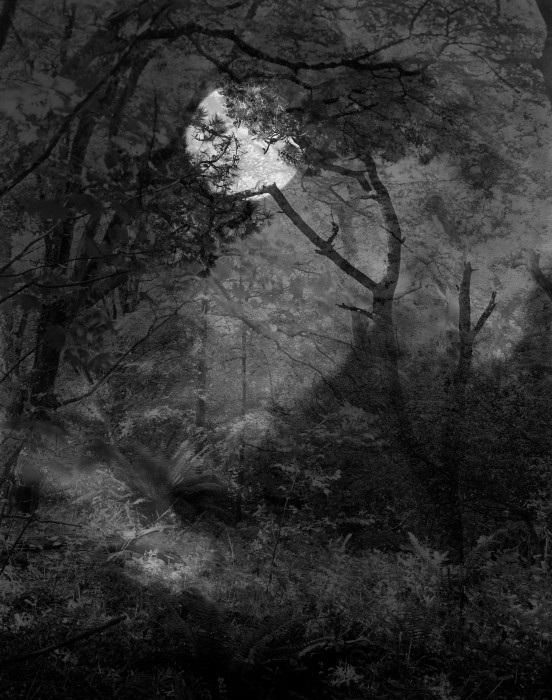
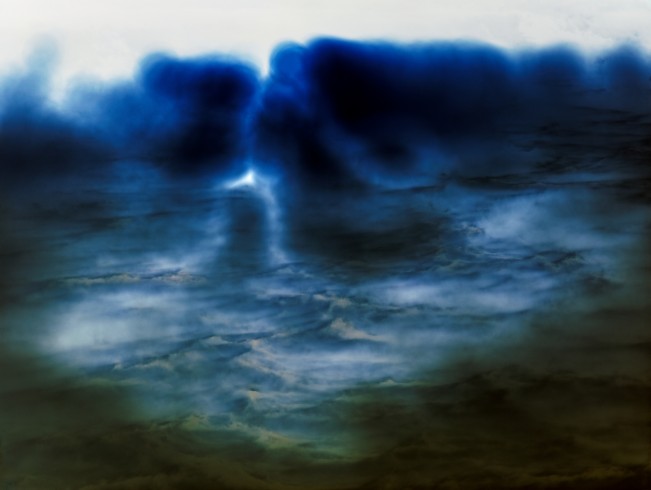
![Editions Available Edition 3 of 8 All works are hand printed in the darkroom onto silver gelatin fibre-based paper. About the Work The Sound of Space Breathing 2015 - 2021 How do we set about repairing our dysfunctional relationship with Nature and fully waken to all that we are offered by return? In the making of my work, I regularly crave isolation to reduce distraction and regain concentration levels, walking which plays a major role in my practice allows me the time to shed the everyday preoccupations that our increasingly frenetic world throws at us. The silence this can afford can be complimentary to Photography in many respects. Rather than seeking out the worlds beauty through travel I take considerable time to study my immediate surroundings, the aim being to seek out the beautiful in the immediate as an aspect of our responsibility to the present. The recent lockdowns perhaps offered this potential to many who wished to become better acquainted with their own locale. We do not often take or have the time to just be, although we refer to ourselves as human beings, we are more often than not - engaged in the act of doing. In my work a certain subject matter becomes my muse until I have teased out how it makes me feel it is about pursuing each image to its conclusion regardless of how long it takes. In spending a lengthy time in the same location - it is as though rather than looking at the scene you gradually become a part of it and rather than capturing what you might see on first sight this act of looking over time can evolve. Its about being lost in the thereness of Nature - being in a space and the space being within you. When out walking, light is rarely static I wanted to show that and aimed to offer an immersive experience - a sensory connection through moments akin to breaking the skin to another world. [Finish on Vital Impacts]](http://lenscratch.com/wp-content/uploads/2023/04/Hughes_Nicholas_The-Sound-of-Space-Breathing-Verse-III-132021-651x515.jpg)
